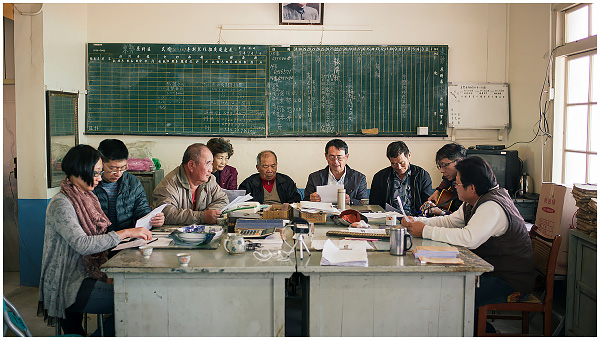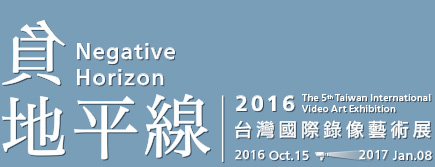出生於雲林虎尾的王虹凱,以聆聽作為側翼教習(pedagogy)之美學實踐,藉由工作坊組織臨時性集結與群體互動的表演,激發其他身體性的詮釋,並探究當代生命經驗中遭抹煞的不同集體性、時間性與地域性。在〈南輿之耳〉這個進行中的研究計劃中,藝術家回訪日治時代1925年由「蔗農組合」填寫的抗議歌「甘蔗歌」。這首歌被推崇為協助動員據稱台灣歷史上反殖民農民運動濫觴的「二林蔗農事件」。數十載後,一群二林的文史工作者開始收集地方耆老的口述歷史,於西元2001將原本沒沒無聞的「二林蔗農事件」(包括「甘蔗歌」)重新帶回歷史的舞台。然而,回憶通常也是某種遺忘的模式,這首重新出土的歌詞弔詭地揭露了某些記憶的缺塊:比如歌的旋律,歌詞提到的其他勞動者烏鬼、長工、女性,以及其他可能遭到否認的存在。
藉著〈南輿之耳〉,藝術家試問:透過「做歌」是否能創造第二次機會召喚那些散逸的歷史與知識?經由一系列嘗試 「製造共鳴」的即興表演,王虹凱與跨越身體、時間和地理疆界的合作者一同重新想像「甘蔗歌」,聽/觀眾將從聲音、錄像、檔案資料等,見證異質性身體之間的演繹與對話,以及被喚醒或接通的拒絕普常化的地域政治親密性。 |
Born in Huwei, Taiwan, Hong-Kai WANG engages with ways of listening as an alternative pedagogy in the context of artistic practices. Through organizing workshops as temporary gatherings, mobilizing collaborative sociality as performance, and encouraging other bodily interpretations, WANG attempts to rehabilitate the disavowed modes of lived experience, collectivity, temporalities and territoriality.
Southern Clairaudience is an ongoing research project that revisits the “Sugarcane Song” written by the Sugarcane Workers Union in 1925. The song is ascribed to mobilizing arguably the first anti-colonial agrarian uprising, which is known as the Erlin Sugarcane Workers’ Revolt, in Japan-colonized Taiwan. In 2001, a group of Erlin-based historians restored the radical event including the song from obscurity with oral accounts collected from the descendants of the revolt's participants. However, remembering is often precisely a mode of forgetting. The lyrics of the “Sugarcane Song” reveals a deficit of certain memories in the now renewed narrative: the melody, the“ookui,”(烏鬼) indentured laborers and women mentioned in the song, and possibly others.
Southern Clairaudience asks: is it possible to create the second chance(s) to hear the missing histories or knowledges about different modalities of existence and their affiliations with one another, through “song-making?” In collaboration with people across the border of bodies, lands and ocean whose life worlds are invested in the history of sugar to varying degrees, WANG takes reimagining the melody of “Sugarcane Song” as a point of departure. The exhibition sees documentations of a series of improvised “resonance making” performances that not only make the diverse corporeality therein visible but also reinvigorate or even forge their unexpected geopolitical intimacy that refuses to be generalized. |


